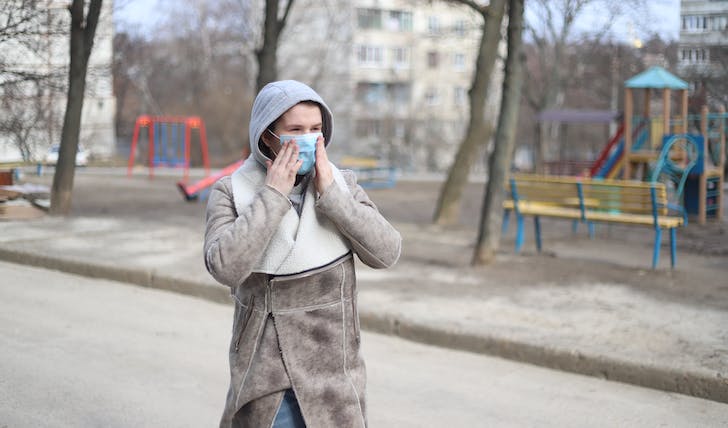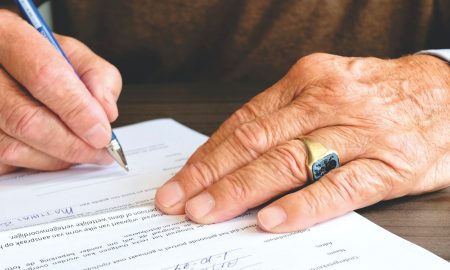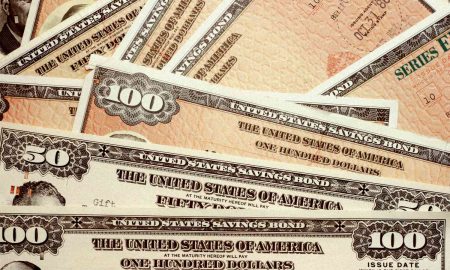
Why Americans Are Having A Tough Time Repaying Pandemic-Era Loans

When the Covid-19 pandemic hit, the economic landscape in the United States underwent a seismic shift. Businesses shuttered, unemployment rates soared, and uncertainty became the new norm. In response, the federal government deployed an arsenal of financial relief measures to buoy the sinking economy.

Tuur / Pexels / During the COVID-19 pandemic, stimulus checks became lifelines. And loan repayment moratoriums offered a much-needed respite to millions of Americans struggling to keep their finances afloat.
But now – in the post-covid era, consumers falling short of repaying their debts.
The Lending Boom: A Silver Lining or a Debt Trap?
Amid this turmoil, lenders found themselves in a unique position. With federal backing and a mandate to support the economy, they loosened their purse strings. Interest rates plummeted, and credit became more accessible than ever before. Paradoxically, this environment led to a surge in consumer credit scores.

Anna / Pexels / According to TransUnion, the median credit score soared to 676 – a figure representing a “good” credit status for many and opening doors to previously unreachable lending opportunities.
Thus, the boom was immediate. People who had been on the fringes of the credit system found themselves pre-approved for loans and credit cards. In a time of crisis, this influx of credit seemed like a godsend.
But was it really a blessing? Or, was it a siren call toward a cliff of debt?
The Debt Hangover: When Reality Bites Back
Fast forward to the present, and the aftereffects of this lending spree are coming into sharp focus. TransUnion’s recent data paints a worrying picture: A significant number of borrowers who jumped at the opportunity to access credit from 2019 to early 2021 are now struggling to keep up with their repayments.
Why is this happening? Well, for many, the influx of loans and credit lines was not a path to purchasing power but a temporary patch on a leaking economic boat.

EVG / Pexels / Reports show that American consumers who borrowed pandemic-era loans are now having a hard time repaying their debts.
These funds often went toward basic needs and emergency expenses, rather than long-term investments or luxury purchases.
The Stimulus Effect
The presence of stimulus checks created an artificial sense of financial security. Many individuals may have overestimated their repayment capabilities. They somewhat wrongly assume that the economy would bounce back more quickly. Or, further government assistance would be forthcoming.
Plus, with interest rates at historical lows, borrowing was cheap. But as the pandemic’s grip loosened and the economy began to correct itself, those same interest rates started creeping up. For variable-rate loans, this meant higher monthly payments, catching many borrowers off-guard.
Employment Instability
Though the job market has recovered in many sectors, the landscape has changed dramatically. Many borrowers find themselves in new jobs that may not offer the same level of income or security as pre-pandemic positions, affecting their ability to repay debts.
Thus, the current trend of borrowers falling behind on debt is troubling. But it is not the end of the story. As we move through this challenging period, there are pathways forward for those grappling with debt.
Budgeting and Spending Habits
This period serves as a stark reminder of the importance of budgeting and living within one’s means. Consumers are rediscovering the age-old wisdom of saving for a rainy day and prioritizing essential spending.
Similarly, lenders are not blind to the widespread nature of this problem. Many are willing to negotiate payment plans and offer forbearance programs. Open communication can often lead to mutually beneficial arrangements.
More in Loans & Mortgages
-
`
Why Mortgage Demand Is Crashing as Interest Rates Skyrocket
Imagine having a favorite local ice cream shop that suddenly jacked up its prices by 50%. You would probably think twice...
November 18, 2023 -
`
Santo Spirits | Sammy Hagar and Guy Fieri’s Joint Venture
In the world of entrepreneurial partnerships, some unions are destined for greatness. The unexpected alliance between Sammy Hagar, the iconic Van...
November 12, 2023 -
`
Branded Content: A Genuine Way to Connect With Your Audience
Have you ever binge-watched a series on Netflix, only to later realize that the beverage everyone’s sipping on is that brand...
November 3, 2023 -
`
Southwest Airlines Tackles Passenger and Labor Challenges
Southwest Airlines, a prominent player in the aviation industry, has found itself at a crossroads, facing a combination of passenger dissatisfaction...
October 28, 2023 -
`
Everything You Need to Know About Blended Interest Rates
Hou ever blended a smoothie and thought, “How on Earth do my strawberries, spinach, and protein powder come together to taste...
October 17, 2023 -
`
The Osbournes ‘Relaunch’ Podcast After 5 Year Break
If you were glued to your TV in the early 2000s, there is no way you missed the hilarious, raucous, and...
October 10, 2023 -
`
Tesla in China: Back-to-Back Price Drops, But No Sales Jump?
As temperatures soared in the summer of 2023, Tesla seemed to be heating things up in the Chinese market too. A...
October 6, 2023 -
`
Navigating Red Flags in the Workplace
In the journey of our careers, it’s not uncommon to encounter red flags in our jobs that signal potential issues or...
September 30, 2023 -
`
Top 6 Best Housing Options for Older Adults
As we grow old, our physical and mental health needs change. In turn, this means that we require more assistance from...
September 21, 2023















You must be logged in to post a comment Login